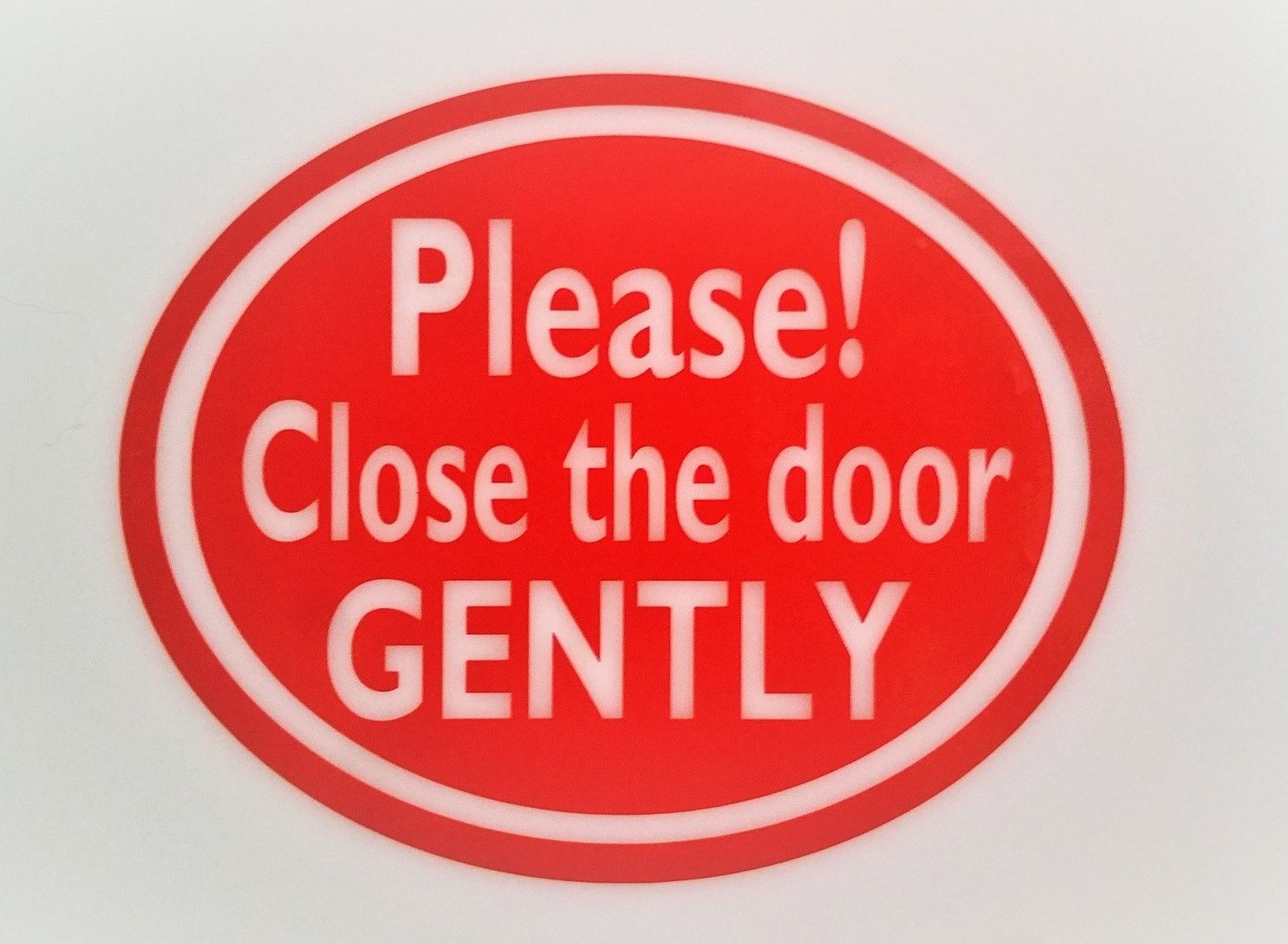Causes of Kitchen Cabinet Slamming: Stop Kitchen Cabinets Slamming

Kitchen cabinets slamming shut can be a constant source of annoyance, adding to the already bustling energy of a busy kitchen. It can also damage the cabinets themselves, leading to chipped paint, broken hinges, or even cracked doors. This unfortunate phenomenon can be attributed to a combination of factors, each playing a role in the symphony of slamming doors.
Cabinet Design and Slamming
The design of your kitchen cabinets plays a significant role in determining whether they slam shut. Certain features, like hinges, doors, and drawer slides, can contribute to the slamming problem.
- Hinges: The type of hinges used can impact how smoothly the cabinet door closes. Friction hinges, which are commonly found in older cabinets, often have a looser fit, allowing the door to swing freely and potentially slam shut. Self-closing hinges, on the other hand, are designed to gently close the door, reducing the risk of slamming.
- Doors: The weight and material of the cabinet door can also contribute to slamming. Heavy doors, especially those made of solid wood, are more likely to slam shut due to their momentum. Lightweight doors made of materials like thin plywood or laminate are less likely to slam.
- Drawer Slides: The type of drawer slides used can also affect slamming. Traditional metal slides can sometimes allow drawers to close with a thud, especially if they are not properly lubricated. Soft-close slides, which are designed to gently close drawers, are a good option for preventing slamming.
Factors Contributing to Slamming
Besides cabinet design, other factors can contribute to slamming, including:
- Cabinet Weight: Heavy cabinets are more likely to slam shut due to their weight and momentum. This is especially true if the cabinet is not properly secured to the wall.
- Door Weight: The weight of the cabinet door also plays a role. Heavy doors, especially those made of solid wood, are more likely to slam shut due to their momentum.
- Opening Force: The force with which the cabinet door is opened can also contribute to slamming. If the door is opened too forcefully, it can swing back with more force and slam shut.
Scenarios of Cabinet Slamming
Cabinet slamming can occur in various scenarios, each with its own unique set of contributing factors.
- Heavy Use: Kitchens that experience high traffic and frequent use are more prone to cabinet slamming. This is because the doors are opened and closed more often, increasing the chances of slamming.
- Children and Pets: Children and pets often lack the finesse to gently close cabinet doors, leading to more slamming.
- Strong Drafts: Drafts can cause cabinet doors to swing open and slam shut, especially if the doors are not properly secured.
Solutions to Prevent Cabinet Slamming

The incessant clamor of slamming kitchen cabinets can be a constant source of annoyance. It disrupts the tranquility of your home, and over time, can even damage your cabinetry. Fortunately, there are numerous solutions to address this issue, ranging from simple adjustments to more advanced mechanisms.
Soft-Close Mechanisms, Stop kitchen cabinets slamming
Soft-close mechanisms are designed to gently guide cabinet doors and drawers to a closed position, preventing them from slamming. These systems typically consist of dampeners that absorb the impact of closing, providing a smooth and silent finish.
- Hinge-Mounted Soft-Close: These are the most common type of soft-close mechanisms. They are installed directly onto the cabinet hinge and provide a smooth, controlled closing motion. The dampening effect is achieved through a built-in piston that slows the door down as it nears the closed position.
- Drawer Slide Soft-Close: These systems are integrated into the drawer slides, ensuring a silent and smooth closing motion for drawers. Similar to hinge-mounted soft-close, drawer slide soft-close utilizes dampeners to slow the drawer down as it approaches the closed position.
Dampeners and Buffers
Dampeners and buffers are simple and affordable solutions that can effectively reduce cabinet slamming. These devices are typically attached to the cabinet door or drawer, absorbing the impact of closing.
- Cabinet Door Dampeners: These small, adhesive-backed dampeners are applied to the inside of the cabinet door, near the hinge. When the door closes, the dampener compresses, absorbing the impact and preventing a loud slam.
- Drawer Buffers: These are typically small, rubber or plastic pads that are attached to the bottom of the drawer. When the drawer closes, the buffers come into contact with the drawer slide, absorbing the impact and reducing noise.
Adjusting Hinges
Adjusting the hinges on your cabinet doors can also help prevent slamming. Properly aligned hinges ensure that the door closes smoothly and evenly, reducing the likelihood of slamming.
- Tightening Hinge Screws: Loose hinge screws can cause the door to wobble and slam. Tightening the screws can help stabilize the door and prevent it from slamming.
- Adjusting Hinge Position: The hinge position can affect the closing motion of the door. By adjusting the hinge screws, you can fine-tune the door’s alignment and reduce the likelihood of slamming.
Stop kitchen cabinets slamming – The incessant slamming of kitchen cabinets can be a jarring symphony of frustration. But did you know the root of the problem might lie in the delicate dance between cabinet door size and the opening it occupies? Understanding the relationship between these two, as explained in this comprehensive guide cabinet door size vs opening , can help you eliminate those irritating slams and create a kitchen that hums with harmony.
Tired of the jarring clang of kitchen cabinet doors? It’s time to embrace a smoother, more harmonious experience. Consider the elegance of coplanar sliding cabinet door hardware , a system that allows doors to glide effortlessly, ensuring a whisper-quiet closure.
With this subtle shift, your kitchen will transform into a haven of tranquility, free from the disruptive echoes of slamming cabinets.
